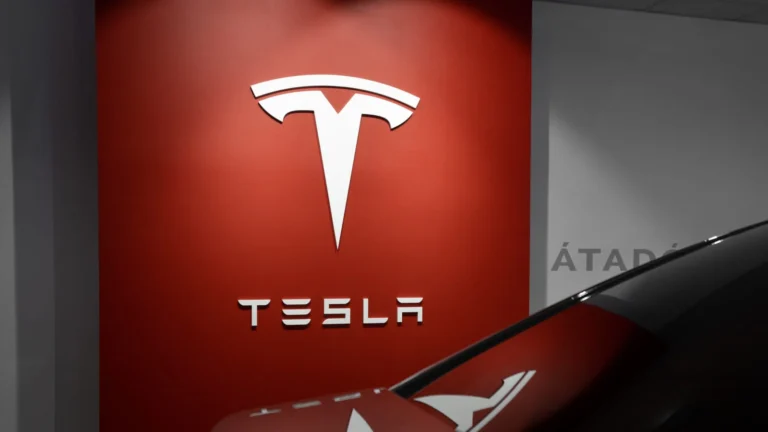From Garage to Global: The True Story Behind WhatsApp’s Rise to Tech Glory
In the realm of messaging apps, WhatsApp is a household name. But few people know the full, raw, and inspiring journey of how it came to be one of the most used communication platforms in the world. This story isn’t just about success—it’s about resilience, rejection, simplicity, and the power of staying true to your vision.
The Humble Beginnings
In 2009, Jan Koum and Brian Acton, two former Yahoo employees, found themselves unemployed after leaving their roles. Jan, a Ukrainian immigrant who had grown up in a house without hot water, came to the U.S. with a dream. He and Brian shared a passion for building something meaningful—but they didn’t yet know what that would be.
Jan bought an iPhone and realized that the App Store was going to change everything. He had a simple idea: a status update app that would tell your contacts if you were available, busy, or in a meeting. This wasn’t a messaging app yet. It was about presence. He called it “WhatsApp” because it sounded like “What’s up?”
Rejection and Persistence
The app’s first version was buggy. It crashed. It didn’t gain traction. Jan considered giving up. But Brian encouraged him to keep going. They kept tweaking it. Soon, they added a messaging feature—and that was the game-changer.
They didn’t have much money. They didn’t have a fancy office. They weren’t media darlings. In fact, both of them were rejected by Facebook when they applied for jobs there in 2009. But they kept building.
The Pivot to Messaging
Users began to love the idea of messaging that didn’t cost SMS fees. Unlike traditional SMS, WhatsApp was free (or nearly free), fast, and didn’t rely on character limits. Its simplicity—no ads, no gimmicks—was its biggest strength. It just worked.
Word-of-mouth marketing took over. In places like India, Brazil, and Europe, where SMS was expensive, WhatsApp exploded. Within a few years, it had hundreds of millions of users.
A Billion-Dollar Exit
In 2014, Facebook came knocking again. This time, not with job offers—but with an acquisition proposal. WhatsApp was acquired for a staggering $19 billion, making it one of the largest tech acquisitions in history.
But Jan and Brian didn’t sell out easily. They made Facebook promise to keep WhatsApp ad-free and to protect user privacy. They believed in end-to-end encryption before it was mainstream. Their user-first philosophy became part of WhatsApp’s DNA.
Post-Acquisition Tensions
However, after the acquisition, tensions rose. Facebook wanted to monetize the platform more aggressively. Brian Acton left in 2017, followed by Jan Koum in 2018. Brian later publicly criticized Facebook’s ad-driven culture.
Even so, the core of WhatsApp’s original mission lives on. Billions still use it every day for personal and business communication.
The Lessons
WhatsApp’s story isn’t just about coding or business. It’s about:
- Building something simple that solves a real problem
- Persevering through rejection and failure
- Staying focused on your values, even in the face of massive opportunity
Final Thoughts
In the tech world, stories like WhatsApp’s remind us that you don’t need a Silicon Valley pedigree to change the world. Sometimes, it takes a stubborn dreamer with a second-hand laptop and a vision.



